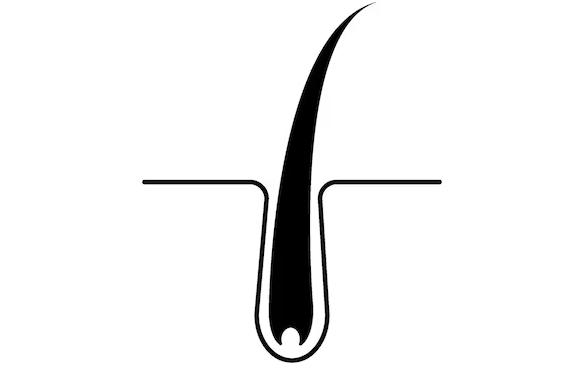Categories
- Blog (65)
Minoxidil ’s success rates and expected growth outcomes can vary based on several factors, including the type of hair loss, the concentration used, and individual response. Here’s a general overview.

Success Rate: Approximately 60-70% of men experience some degree of hair regrowth with minoxidil. Success is often higher in those with early-stage hair loss.
Expected Growth: Users can expect to see visible improvements in hair density and thickness, especially in the crown area, within 6 to 12 months. Full results typically require 1 year of consistent use.
Success Rate: About 40-60% of women experience noticeable improvements in hair density and reduced hair loss with minoxidil. It is generally less effective than in men but can still provide significant benefits.
Expected Growth: Women may start seeing new hair growth and improved density within 6 to 12 months. The 2% solution is usually recommended, but the 5% solution may also be effective.
Success Rate: Minoxidil is not the primary treatment for alopecia areata, but it may be helpful in some cases. Success rates are lower compared to androgenetic alopecia, with variable results.
Expected Growth: Results can be inconsistent. Some users may see regrowth within 3 to 6 months, but it’s often used in conjunction with other treatments like corticosteroids.
Success Rate: Minoxidil can be effective in cases of telogen effluvium, especially when the hair loss is due to stress or temporary factors. Success rates can be around 50-60%.
Expected Growth: Improvement in hair density and reduced shedding may be noticeable within 3 to 6 months. Since telogen effluvium is often self-limiting, minoxidil can help accelerate recovery.
Success Rate: Minoxidil is effective in addressing postpartum hair loss, with success rates similar to those seen with general female pattern hair loss (around 40-60%).
Expected Growth: Users may see improvements in hair density and regrowth within 3 to 6 months. Minoxidil can help speed up the recovery process after pregnancy-related hair shedding.
Success Rate: For general thinning, minoxidil can be effective with success rates around 50-60%. The response may vary based on the underlying cause and stage of hair loss.
Expected Growth: Visible improvements in hair thickness and density are often seen within 3 to 6 months. Consistent use is necessary for maintaining results.
Stage of Hair Loss: Early-stage hair loss generally responds better to minoxidil than more advanced stages.
Compliance: Consistent application as directed is crucial for achieving the best results.
Concentration: Higher concentrations (e.g., 5%) tend to be more effective, particularly for men and women with significant hair loss.
Individual Response: Genetic factors, overall health, and the specific cause of hair loss can affect how well minoxidil works for each individual.
In summary, while minoxidil can be highly effective for many users, individual responses can vary. The typical success rate for noticeable improvement is around 40-70%, depending on the type and stage of hair loss.